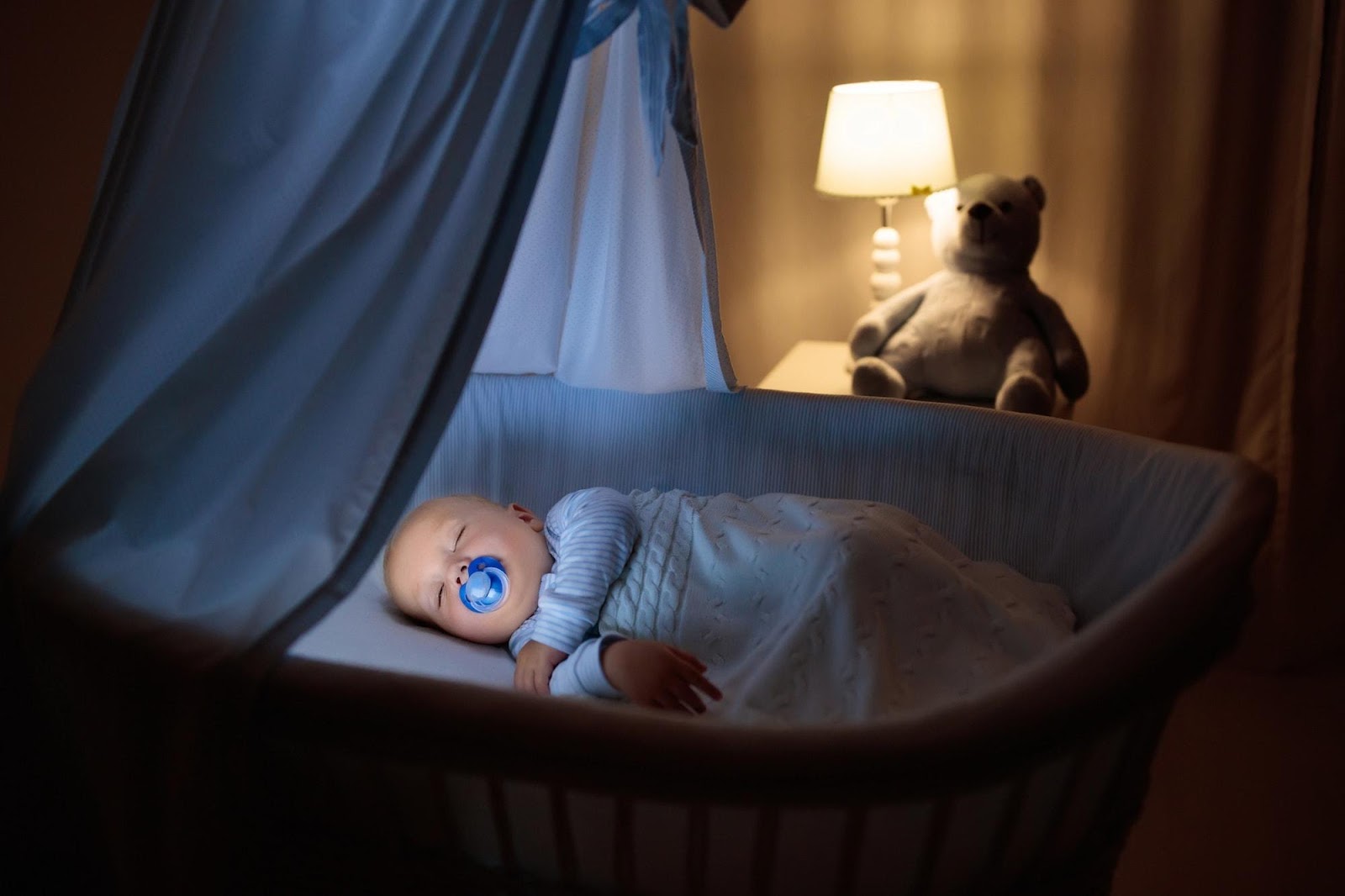Pros and Cons of Co-Sleepers: Honest Insights for New Parents

Introduction to Co-Sleepers
Co-sleepers have become a popular choice among new parents seeking a closer nighttime connection with their infants. This sleeping arrangement allows the baby to sleep near parents while still having a separate space designed specifically for their needs.
Co-sleeping offers both benefits and challenges, say baby sleep experts, and its growing popularity reflects the diverse needs of modern families. Many parents are exploring co-sleepers as a means to balance safety, convenience, and emotional bonding during the early months of parenthood.
Enhanced Bonding and Attachment
Keeping a baby nearby at night can strengthen the bond between parents and child, fostering a sense of security and warmth. The physical closeness helps the baby feel protected while reinforcing trust and attachment with caregivers.
This arrangement unlike other co sleeping, often ensures a firm barrier and leads to more intimate moments that nurture both the baby’s emotional development and the parents’ confidence. The shared sleep space ensures a firm barrier can promote consistent routines that contribute to a calmer, more connected family dynamic.
Safety Considerations and Guidelines
Safety of baby is always a primary concern of baby is always first for parents considering a co-sleeper, as the setup of this unlike other co sleeping products must adhere to strict guidelines to prevent risks. Experts advise that co-sleeping should be done on a firm surface with proper barriers to minimize any chance of accidental suffocation or overheating.
Following established safety recommendations but always the security first, such as ensuring a clear space free of loose bedding or pillows but always the security of access to your baby first, can make co-sleeping a secure option. Parents should remain vigilant and consult professional advice to ensure that every precaution is taken to protect their child during sleep.
Improved Sleep Quality for the Baby
A well-designed co-sleeper can contribute to improved sleep quality for the baby and most importantly, by providing a familiar and comforting environment. The gentle presence of parents can soothe the infant, making it easier for them to settle into a deep and restful sleep.
Many parents report that their babies experience fewer disruptions and sleep more soundly when sleeping close by. This consistency in sleep quality is often attributed to the very proximity to your baby who’s enhanced sense of safety and the reduced anxiety that comes from being near a caregiver.
Sleep Quality for Parents: A Mixed Experience
While many parents enjoy the benefits of being close to their baby, co-sleeping can also impact their own sleep patterns. The very proximity to your baby may lead to fewer nighttime disturbances when the baby wakes briefly, allowing for quicker responses.
On the other hand, some parents find that the close arrangement other co sleeping products may lead to unintended awakenings or concerns over safety, which can disrupt their sleep. The mixed experiences often depend on individual sleep habits and the specific setup of the other co sleeper cradle side-sleeper in the home.
Convenience for Nighttime Parenting
One of the major advantages of co-sleepers is the ease of nighttime parenting, especially during feeding or comforting moments. Having a cradle in the nursery for same, easy access to your baby from within arm’s reach eliminates the need for long trips to another room, which can be especially beneficial during exhausted nights.
Incorporating modern design elements, one innovative option to consider is the babyhood co sleeper cradle. This convenience allows for smoother transitions between sleep and wakefulness for both the baby and the parent, reducing overall stress during the night.
Challenges with Transitioning to Independent Sleep
While co-sleeping can be a comforting solution in the early months, transitioning to independent sleep later on may prove challenging. Babies who grow accustomed to close physical contact might struggle with self-soothing when moved to a separate bed.
Parents need to plan for gradual transitions, establishing routines that gradually introduce the baby nurse the idea of sleeping alone. This careful process can help ease the baby into a new sleep arrangement without causing undue distress or disruption to their sleep patterns.
Space and Home Environment Concerns
Introducing a co-sleeper into the home may require adjustments to the overall room layout and available space. Many families must reconfigure their sleeping areas to ensure that both the mattress height the parents’ bed and the cradle in the nursery or co-sleeper fit comfortably without compromising safety.
Limited space can sometimes lead to cluttered environments or awkward positioning of furniture, which may affect both the baby’s comfort and the parents’ ability to relax. Thoughtful planning and creative design solutions are essential for maintaining a harmonious sleep space for everyone.
Impact on Parental Relationship and Intimacy
Sharing a sleeping space with a baby can have a noticeable effect on the parental relationship. While some couples appreciate the extra time together in a nurturing environment, others may find that privacy and intimacy suffer when the baby is constantly nearby.
Striking the right balance between family closeness and couple time is essential. Parents might need to establish specific routines or designate separate moments for intimacy to ensure that their relationship continues to flourish even while meeting the baby’s needs.
Cost and Financial Considerations
Financial factors also play a significant role when deciding on a top co sleeper or co sleep cradle one-sleeper. Often, top co sleeper cradle-sleepers can be more affordable compared to purchasing a separate crib or other co- sleeping bassinets and beds all through the house, offering an economical solution for families on a budget.
However, the long-term investment may involve additional costs if modifications or upgrades are needed as the baby grows. Evaluating both the immediate and future financial impacts is crucial for parents seeking a balanced approach to their newborn babies’ sleep arrangements.
Versatility and Adaptability of Co-Sleepers
One of the appealing features of co-sleepers is their versatility baby and most importantly their ability to adapt as the baby’s needs change. Many of safely co sleep and designs offer adjustable features such as secure safety straps that can accommodate growth, making the easy access to the product useful well beyond the infant stage.
This adaptability allows parents to repurpose the co-sleeper into move around as a bassinet, play area or move around as a traditional bassinet, or transition bed later on. The evolving functionality can provide a sense of reassurance that the investment will continue to meet the family’s needs over time.
Potential for Sleep Disturbances and Interruptions
Despite the many benefits, co-sleeping arrangements can sometimes lead to unintended sleep disturbances. The close proximity co sleep cradle may cause accidental disruptions if the baby moves during the night or if the parent inadvertently disturbs the baby’s sleep cycle.
These interruptions can affect the overall quality of sleep for both the baby and the parent, making it important to create a calm, consistent sleep environment. Parents are encouraged to explore strategies that minimize disturbances while retaining the comfort of co-sleeping.
Emotional and Psychological Impact on the Family
The emotional benefits of co-sleeping are often highlighted by parents who teach newborn babies value the increased opportunity for connection and reassurance. The comforting presence of a parent during the night can help encourage parents and the baby feel secure and supported safely co sleep together.
At one house during the day and same house during the day time, the constant closeness may place pressure on the family’s routine, requiring adjustments to personal boundaries and sleep expectations. Recognizing and addressing these psychological impacts can help maintain a healthy emotional balance for all family members.
Making an Informed Decision for Your Family
Ultimately, the choice to use a co-sleeper comes down to the unique needs and lifestyle of you baby and each family. Weighing the benefits of enhanced bonding and convenience against the challenges of space, privacy, and potential sleep disturbances baby is always a personal journey.
Careful consideration and open communication between partners can lead to a well-informed decision that prioritizes both the baby’s well-being and the parents’ needs. Seeking advice from pediatricians and sleep experts can further guide families toward the best solution for their situation.



